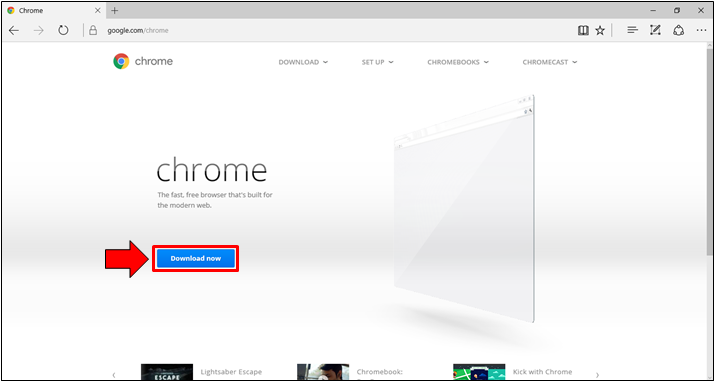
You can then add the installation of the Enterprise version as the third action if you want to. The two commands can be chained as sequential actions within the same scheduled task, but I think it will be safer and more practical to have a separate scheduled task for each version of Chrome. Add the taskkill action first and then run the setup after that. Or alternatively compile a list of installed versions of Chrome on the affected devices and then create a GPO with a scheduled task preference item using the above command line and just adapt the path with the relevant version number if there aren't too many different versions present.

It can be run under the local system account with elevated privileges too.įor example, the string " C:\Program Files\Google\Chrome\Application\.159\Installer\setup.exe" -uninstall -channel=stable -system-level -verbose-logging -force-uninstall will remove the vanilla version of Chrome from the device without any user interaction required.Īs for the actual implementation, I would suggest a Powershell script that queries the registry key for the UninstallString value, then kills all active instances of Chrome (for example taskkill /IM Chrome.exe /F) and then runs the command from the returned registry value with the -force-uninstall parameter added to the end.
#Install google chrome for windows 10 full#
Run the full value of the item and add -force-uninstall at the end. It is contained under HKEY_LOCAL_MACHINE\SOFTWARE\WOW6432Node\Microsoft\Windows\CurrentVersion\Uninstall\Google Chrome in the item UninstallString The biggest obstacle is the version value which can be different for each installation, but you can pull the full path out from the registry.
#Install google chrome for windows 10 install#
The vanilla install of Chrome doesn't use Windows Installer so going that route will lead to a dead end regardless of the approach that is taken.


This is possible - just tested it successfully on Windows Sandbox out of curiosity.


 0 kommentar(er)
0 kommentar(er)
